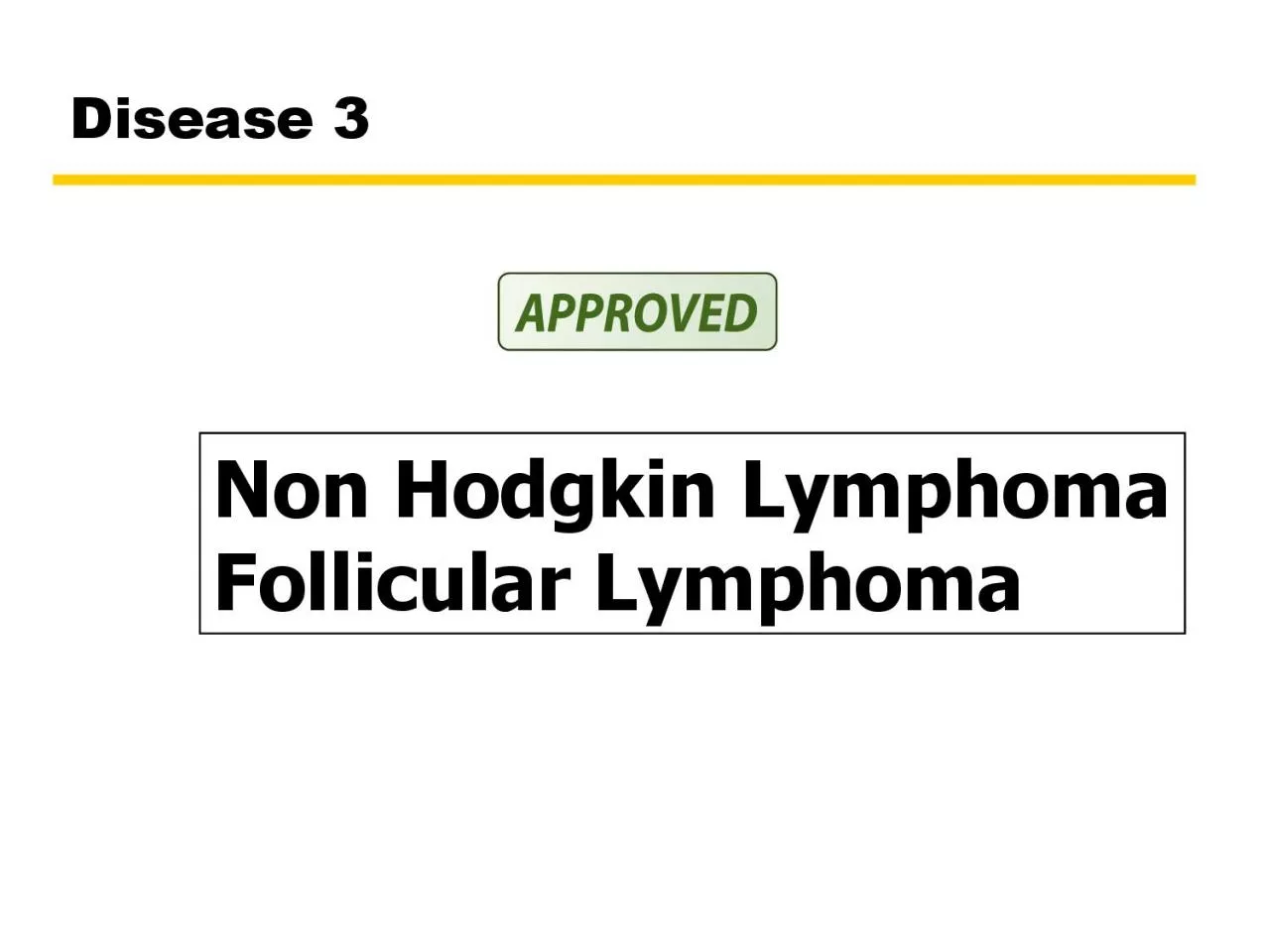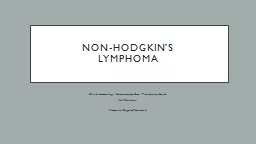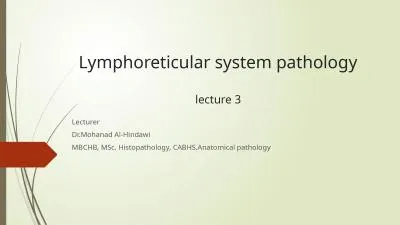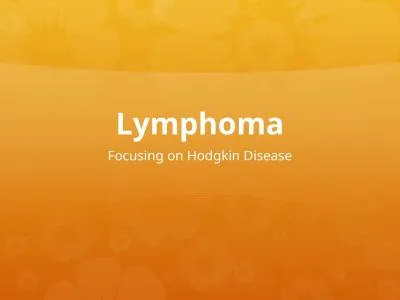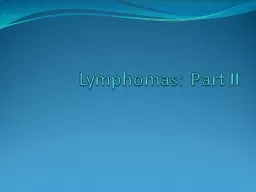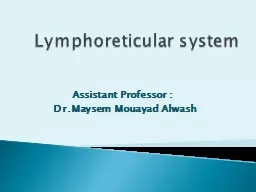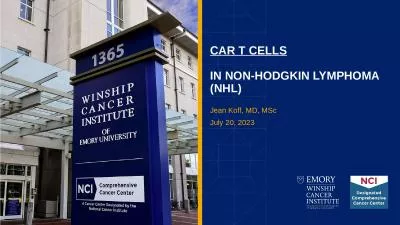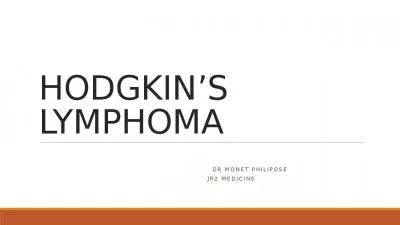PDF-Non Hodgkin Lymphoma
Author : bethany | Published Date : 2022-10-29
Overview Case 3 59 year old man with lymphadenopathy in the neck supraclavicular area inguinal area He states that he has had LN for at least 18 months and they
Presentation Embed Code
Download Presentation
Download Presentation The PPT/PDF document "Non Hodgkin Lymphoma" is the property of its rightful owner. Permission is granted to download and print the materials on this website for personal, non-commercial use only, and to display it on your personal computer provided you do not modify the materials and that you retain all copyright notices contained in the materials. By downloading content from our website, you accept the terms of this agreement.
Non Hodgkin Lymphoma: Transcript
Download Rules Of Document
"Non Hodgkin Lymphoma"The content belongs to its owner. You may download and print it for personal use, without modification, and keep all copyright notices. By downloading, you agree to these terms.
Related Documents

